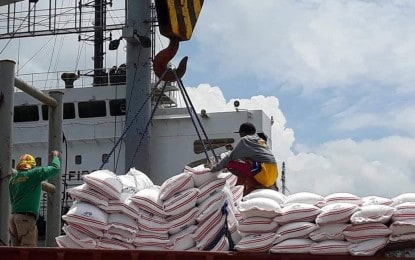BY JOEL C. ESCOL, Managing Editor
In the Philippines, rice imports as of mid-March have exceeded the total volume recorded in the entire first quarter of the previous year by a double-digit margin, reaching over 880,000 metric tons, according to government data.
Recent figures from the Bureau of Plant Industry (BPI) revealed that from January 1 to March 14, rice imports amounted to 886,963.112 metric tons, marking a 10.6 percent increase compared to the 801,732.019 metric tons imported during the first three months of the previous year.
Of this total, more than half, approximately 493,962.72 metric tons, originated from Vietnam, which has been the Philippines’ primary rice supplier since the liberalization of the domestic rice trade in 2019. Following Vietnam, Thailand contributed 230,559.43 metric tons, and Pakistan supplied 109,803.5 metric tons, as per BPI data.
Additionally, the Philippines imported rice from other countries, including Myanmar (48,960 MT), Cambodia (1,620 MT), Japan (1,815.37 MT), India (235.5 MT), and Italy (6.6 MT).
According to BPI records, 109 eligible entities imported the total recorded volume of 886,963.112 metric tons as of March 14. Orison Free Enterprise Inc. was the top importer during this period, bringing in 103,408.35 metric tons, followed by BLY Agri Venture Trading at 55,419.99 metric tons.
During March 1 to 13, the BPI issued 424 sanitary and phytosanitary import clearances (SPSICs), corresponding to a total import volume of 358,188.5 metric tons. These clearances are necessary for eligible entities to import rice, and under current regulations, the approved rice imports must enter the country within 30 days of the SPSIC issuance.
The United States Department of Agriculture (USDA) revised its rice import forecast for the Philippines for the current year to 4.1 million metric tons, up from its previous estimate of 3.9 million metric tons in February. This adjustment, the highest in the country’s history, is in response to increasing demand for rice as local production declines due to El Niño.
With this updated forecast, the Philippines is expected to maintain its position as the world’s largest rice importer for the second consecutive year. If realized, it would be the first time the country’s rice imports surpass the 4-million metric ton mark.






